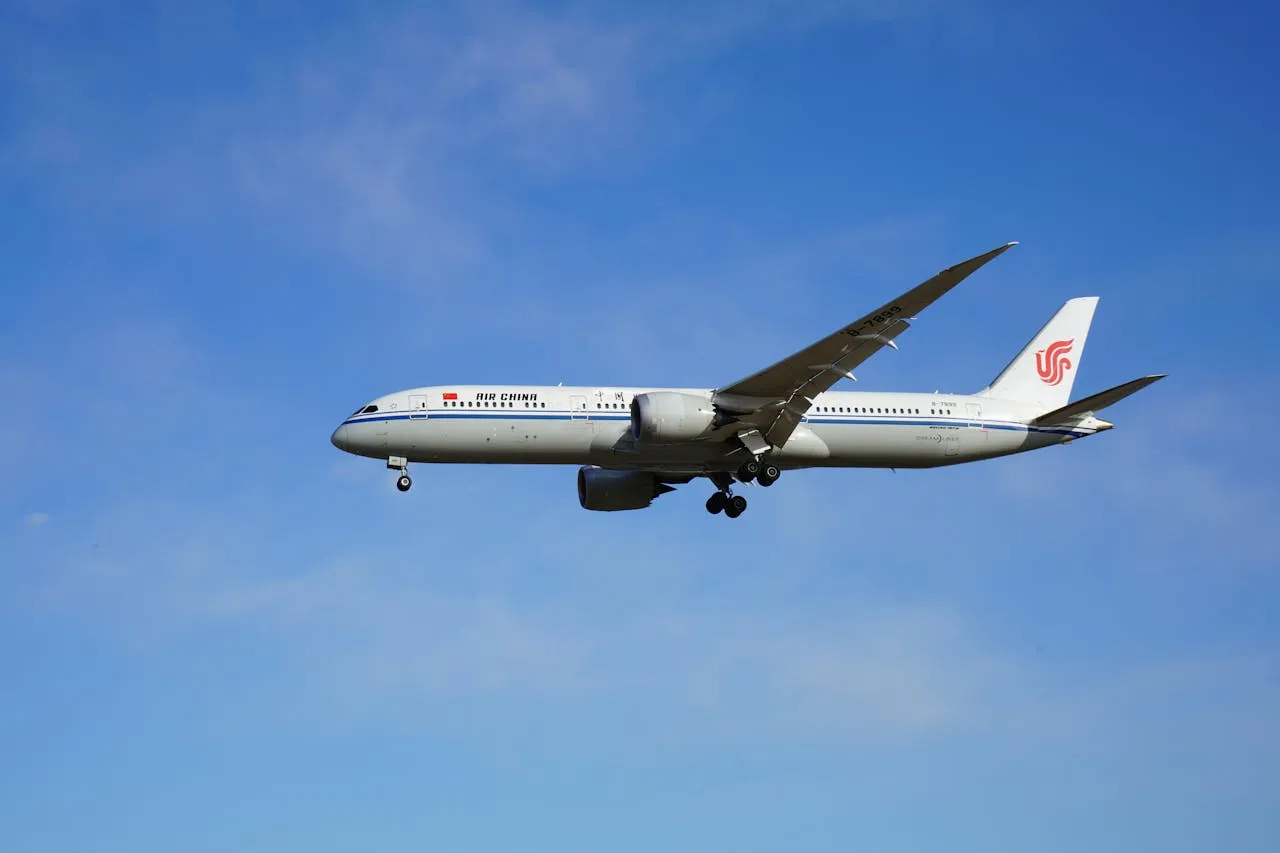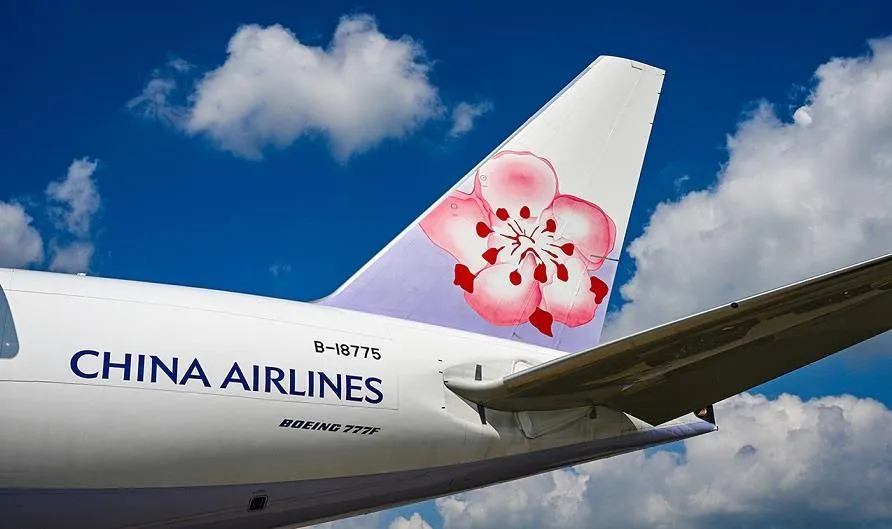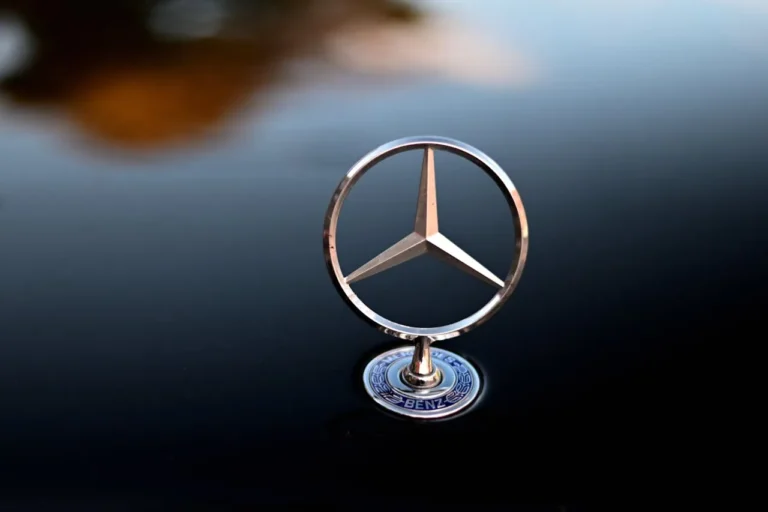
China Airlines Places Major Order for Boeing 777X Passenger and Freighter Aircraft, Signaling Bold Future Strategy
In a landmark move that cements its commitment to long-haul passenger service and global cargo operations, China Airlines (CAL) has formally placed a significant order with Boeing [NYSE: BA] for its next-generation 777X aircraft. The order includes ten 777-9 passenger jets and four 777-8 Freighter variants, positioning CAL as the first airline in Taiwan to integrate the highly advanced and fuel-efficient 777X family into its fleet. This strategic acquisition is a key component of China Airlines’ broader vision to modernize its fleet, enhance sustainability, and expand its intercontinental operations.
The order, which was booked in March 2025 and initially posted as an unidentified listing on Boeing’s Orders and Deliveries website, also includes options for an additional five 777-9 passenger aircraft and four 777-8 Freighters. The combination of passenger and cargo variants makes China Airlines one of the select few global carriers to invest in the full spectrum of Boeing’s 777X product line.
“As a long-time operator of the 777-300ER and 777 Freighter, we are excited to welcome Boeing’s newest 777X family into our world-class fleet,” said Kao Shing-Hwang, Chairman of China Airlines. “The advanced technology and features of the 777-9 will provide our customers with the best-in-class flying experience, while the 777-8 Freighter’s range and fuel-efficiency will enable us to maintain a leadership position in air cargo. This is a significant investment toward our future, and we will rely on the new 777X family to help realize our long-term sustainability goals.”
A Strategic Move for Global Competitiveness
China Airlines’ acquisition of the 777X aircraft underscores its commitment to long-term competitiveness in the international aviation landscape. The 777-9, the flagship model of Boeing’s 777X program, is designed to be the world’s largest and most efficient twin-engine jet. It offers 20% lower fuel consumption and emissions compared to the aircraft it replaces and boasts the lowest operating cost per seat of any commercial aircraft in its class.

With a range of 7,295 nautical miles (13,510 kilometers), the 777-9 will enable China Airlines to serve long-haul destinations across North America and Europe non-stop while maintaining optimal efficiency. The aircraft is capable of seating up to 426 passengers in a typical two-class configuration, offering spacious interiors, larger windows, improved cabin pressure, and enhanced passenger comfort.
Chen Han-Ming, President of China Airlines, emphasized the operational benefits: “The 777X will enable us to deliver an enhanced travel experience and greater reliability for our customers. Its superior efficiency and performance characteristics will also allow us to better manage operational costs across long-haul routes.”
Elevating Cargo Capacity with the 777-8 Freighter
China Airlines, which has maintained a robust presence in the air cargo sector for decades, is also investing in the future of air freight by adding the 777-8 Freighter to its fleet. This aircraft brings a compelling combination of capabilities: it offers payload capacity on par with the Boeing 747 Freighter while achieving up to 30% improvement in fuel efficiency and emissions and a 60% smaller noise footprint.
The 777-8 Freighter is particularly well-suited for high-density, long-range cargo routes—making it a valuable asset for China Airlines as global air cargo demand continues to evolve in the wake of e-commerce growth, supply chain digitization, and shifting trade patterns. The aircraft’s compatibility with the existing Boeing freighter fleet also simplifies integration, maintenance, and pilot training.
A Longstanding Boeing-China Airlines Relationship
The newly announced order deepens the historic partnership between Boeing and China Airlines—a relationship that spans nearly six decades and began with the introduction of the Boeing 707 and 727 in the 1960s. Since then, China Airlines has operated several Boeing aircraft types, including the 737, 747, 767, 777-300ER, and 777 Freighter models.
“As we welcome China Airlines to the 777X customer family, we are pleased to build on our nearly 60-year partnership that traces back to the 707 and 727,” said Brad McMullen, Boeing’s Senior Vice President of Commercial Sales and Marketing. “We value China Airlines’ continued confidence and look forward to delivering the new 777Xs adorned with the beautiful plum blossom livery in the coming years.”
Boeing reports that the 777X program has now accumulated more than 520 orders from customers around the world, supporting thousands of high-tech manufacturing jobs at its Everett, Washington facility and throughout its extensive global supply chain.
Positioning for Future Growth and Fleet Optimization
The dual investment in both passenger and freighter variants of the 777X reflects China Airlines’ multi-pronged strategy to remain agile and competitive. As global travel continues to recover and air cargo remains a critical revenue stream, China Airlines is positioning itself to meet increasing demand with the flexibility and efficiency that the 777X offers.
“Operating the 777-9 and 777-8 Freighter will allow China Airlines to add capacity and position the airline for further growth going forward,” said Dan Schull, Boeing Vice President of Commercial Sales for Northeast Asia. “In addition to these new 777X jets, China Airlines has 787 Dreamliners on order that will further strengthen its world-class fleet for many years to come.”
The airline’s future fleet, which will include a mix of the 777X, 787 Dreamliner, and current-generation freighters, is expected to deliver both financial and environmental benefits. This aligns with China Airlines’ broader ESG (environmental, social, and governance) goals, which include reducing carbon emissions, lowering noise pollution, and improving operational efficiency across its route network.
Boeing’s Broader Role in Global Aerospace
As one of the world’s leading aerospace manufacturers and a top U.S. exporter, Boeing continues to drive innovation across commercial aviation, defense systems, and space technologies. The company maintains operations in more than 150 countries and collaborates with a vast network of suppliers and partners worldwide. Boeing’s commitment to safety, quality, and integrity has been instrumental in building long-standing relationships with carriers like China Airlines.
The 777X program, in particular, represents Boeing’s focus on the future of widebody aviation. With folding wingtips, advanced GE9X engines, and a composite wing design, the aircraft family incorporates state-of-the-art technology to meet evolving market needs. As sustainability becomes increasingly vital in fleet planning and regulatory compliance, aircraft like the 777X are seen as key enablers of next-generation aviation.
Conclusion: A Bold Step Forward
China Airlines’ decision to order the Boeing 777X is a bold signal to the global aviation industry that the airline is investing not just in aircraft but in its long-term vision. By upgrading to the most advanced widebody aircraft available, CAL is reinforcing its operational excellence, improving passenger experience, and expanding cargo capabilities.
This strategic investment also reflects a growing trend among legacy carriers to rationalize and future-proof their fleets, embracing sustainability as a core value while remaining adaptable to fluctuating travel and logistics demands. For China Airlines, the 777X order is more than a procurement milestone—it is a forward-looking commitment to quality, innovation, and leadership in global aviation.
As deliveries of the new aircraft begin over the coming years, the sight of the 777-9 and 777-8 Freighter in China Airlines’ iconic plum blossom livery will symbolize not only the airline’s evolution but also the enduring strength of its partnership with Boeing.
With this new chapter, China Airlines is set to redefine its role in the skies—not just as a transporter of passengers and cargo, but as a forward-thinking player shaping the future of aviation.




